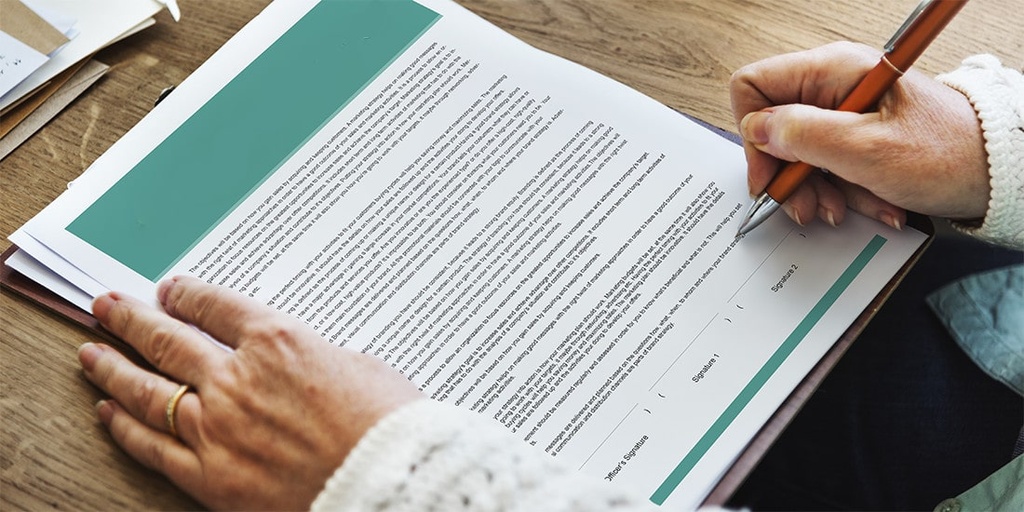Conduct a home energy audit
- Earth Points
- 10
- Ease
- Medium

Description
A home energy audit can help you understand the whole picture of your energy use. It helps you determine how much energy your home uses, where your home is losing energy, and which problem areas and fixes you should prioritize. A home energy audit is a great first step before making energy-saving and comfort-increasing home improvements.
The most important result of an audit is discovering where your home lacks efficiency and where energy-efficient upgrades can make the most significant difference. Even the most efficient heating system will not make your home comfortable if there is a glaring issue, such as large gaps in the juncture between your walls and ceilings.
There are a couple of good options to consider. The first is to hire an energy expert to conduct a professional audit. This can often pay for itself, and then some, with the saving opportunities an expert points out. The second option is to complete your own walkthrough using a home energy audit checklist. Here is a link to a good example. You can also search online for other good checklists for your area.
This action is about analyzing how much energy you use so you can start to think about how you want to act.
Tips
Here are some examples of things to check and the positive impact they can have on reducing waste.
• Locate and seal air leaks to save 10–20 percent in energy cost per year by reducing drafts in your home.
• Inspect the insulation levels in your attic to ensure it meets the recommended minimum depth for your area.
• Check your furnace filters (if your home uses them) and replace them as needed. You should change them about once every month or two.
• Have a professional check and clean your heating or cooling equipment once a year.
• Energy for lighting accounts for about 10 percent of your electric bill. Are you still using inefficient bulbs? Using more efficient light-emitting diodes (LEDs) makes a big difference.
• Examine the appliances and electronics in your home and estimate their energy use. If you can figure out the model, you should be able to find this information online.
• Consider using energy-saving power strips that cut off power to connected devices when not in use, eliminating phantom and standby power losses without ever unplugging the equipment.
• Contact your local energy provider to find out other ways they can help you reduce your residential energy costs.
